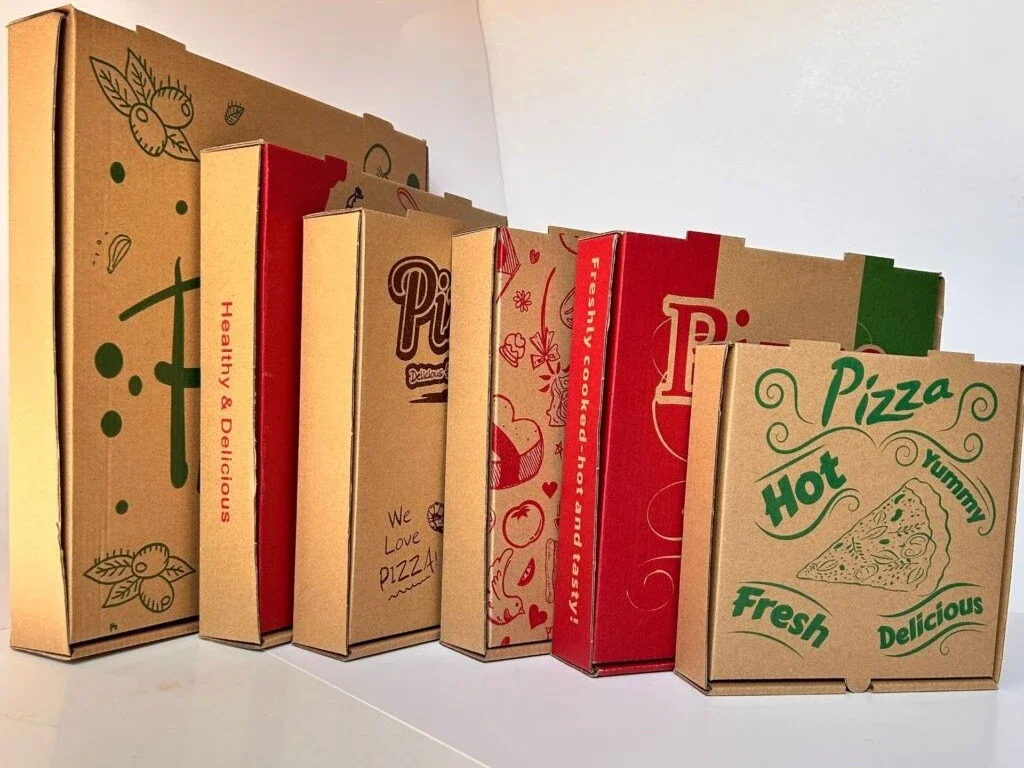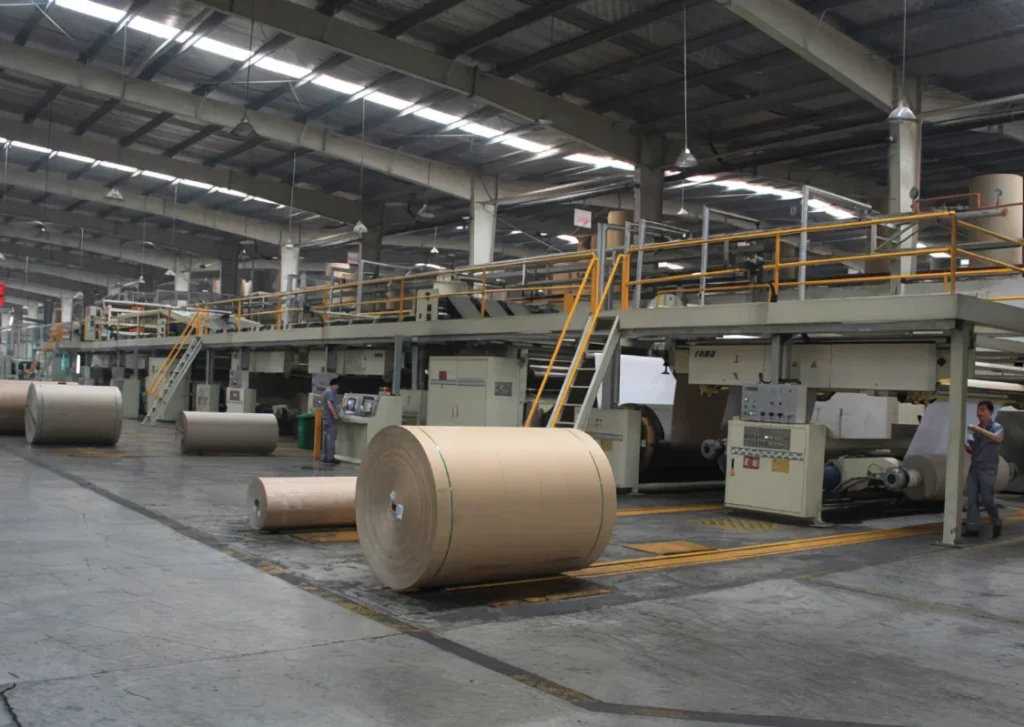Carton printing, especially flexo printing on corrugated boxes, plays a crucial role in the packaging industry. However, during production, various printing problems may occur—affecting product quality, efficiency, and even customer satisfaction.
This article summarizes the 8 most common carton printing problems and provides practical solutions that help factories maintain stable production and improve printing quality.
1. Poor Color Overprinting in Carton Printing (Color Stacking)

Reason: Previous ink not dry, excessive viscosity or pressure, poor adhesion.
Solution: Improve drying, reduce ink viscosity, adjust pressure, and use inks with better interlayer adhesion.
2. Smudging or Staining

Reason: Ink film too thick, poor drying, uneven surface tension, wrong roller pressure.
Solution: Increase drying efficiency, optimize roller adjustment, and reduce ink film thickness.
3. Unclear or Blurry Printing
Reason: Low printing pressure, thin ink layer, high viscosity, low ink pH, board surface issues.
Solution: Increase plate pressure, optimize viscosity, keep water-based ink pH at 8.0–9.0, and improve board surface treatment.
4. Ghosting
Reason: Ink viscosity too high, uneven plate mounting, excessive pressure, gear/bearing wear.
Solution: Adjust ink formulation, remount plate evenly, reduce pressure, and repair or replace mechanical parts.
5. Printing Burrs (Rough Edges)
Reason: Ink drying too fast, excessive roller pressure, poor paper surface, unstable ink pH.
Solution: Increase speed, reduce roller pressure, improve paper surface treatment, keep ink pH at 8.5–9.0.
6. Uneven Printing Color
Reason: Poor ink leveling, loose plate lockup, equipment vibration.
Solution: Add leveling agent, tighten plate, and repair bearings/gears.
7. Light or Weak Printing Color
Reason: Too much water in ink, clogged/worn anilox roller, low viscosity, thin ink layer, poor pressure.
Solution: Control water content, clean anilox roller, increase viscosity, adjust plate pressure, or optimize pigment formula with supplier.
8. Ink Foaming or Bubbles
Reason: Excessive agitation, high pump pressure, doctor blade wear, excessive water, wrong formula.
Solution: Reduce pump pressure, replace blade, add defoamer, optimize ink formula with supplier.
Conclusion
By understanding these common carton printing problems and applying the right solutions, manufacturers can:
- Improve printing quality
- Reduce waste and downtime
- Enhance customer satisfaction
- Ensure stable production efficiency
If you are considering upgrading your carton printing machines or optimizing your corrugated packaging production line, contact us for professional advice.
Frequently Asked Questions (FAQ) about Carton Printing
Q1: What is the most common problem in carton printing?
The most frequent issues are poor color overprinting and smudging. Both are usually related to drying speed, ink viscosity, and roller pressure adjustment.
Q2: How to fix unclear or blurry carton printing?
You can increase plate pressure, optimize ink viscosity, and keep water-based ink pH between 8.0–9.0 for stable color performance.
Q3: Why does ghosting occur in carton printing?
Ghosting is often caused by uneven plate mounting, excessive printing pressure, or worn gears and bearings in the machine.
Q4: What should I do if the printed colors are too light?
Check and clean the anilox roller, increase ink viscosity, and adjust plate-to-substrate pressure to improve color density.
Q5: What causes ink foaming in flexographic printing?
Excessive agitation, high pump pressure, or an improper ink formula can create bubbles. Adding defoamer and adjusting pump settings usually solves the issue.




